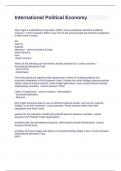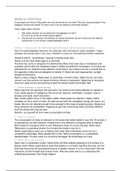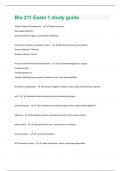Summary
Human nutrition 210 (HNT 210) summary of ALL lecture notes
- Course
- Institution
- Book
These extensive notes are based on the HNT 210 lecture notes and Understanding Nutrition textbook. The notes cover all the work in the module and have also been double checked using the learning outcomes in the study guide to ensure all the information was there. They also include all the necessary...
[Show more]












